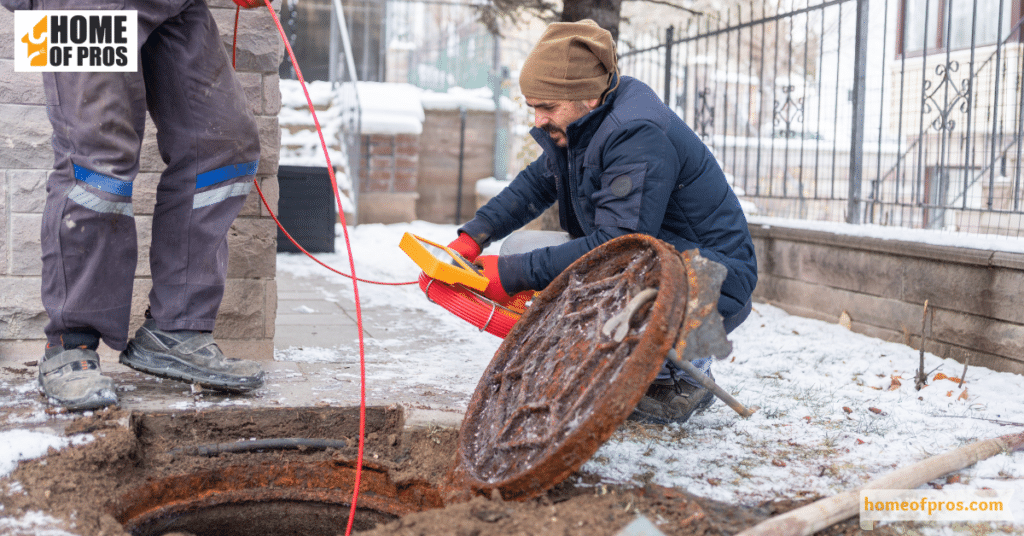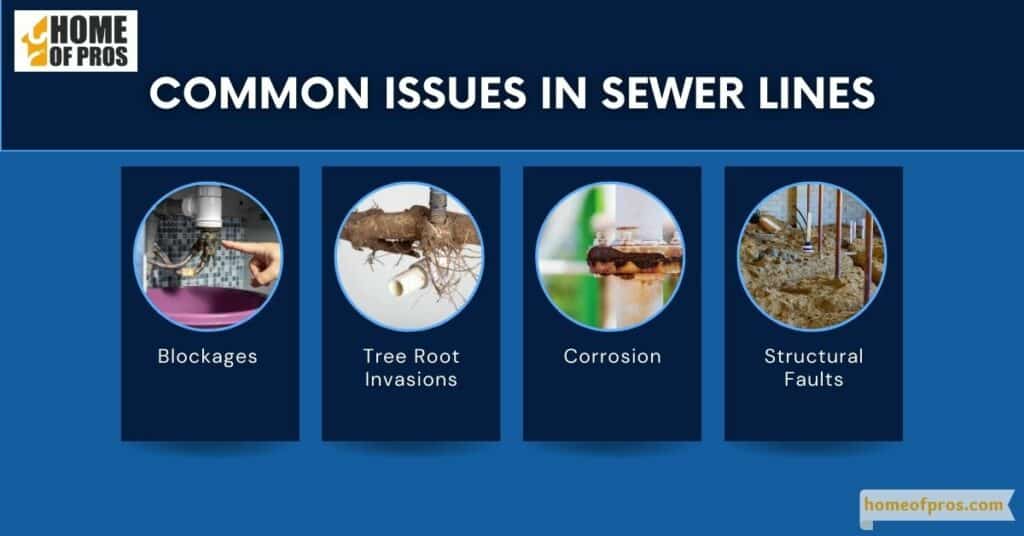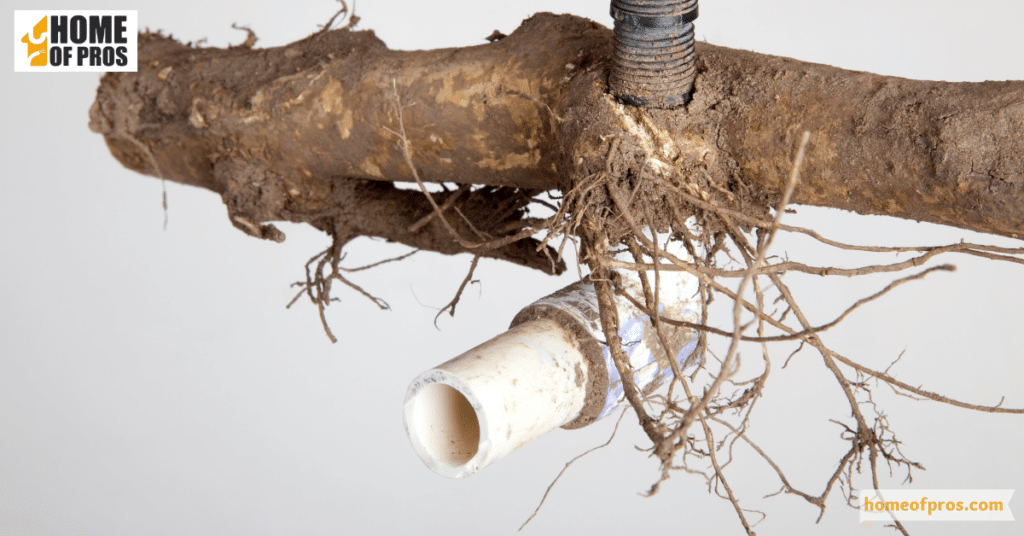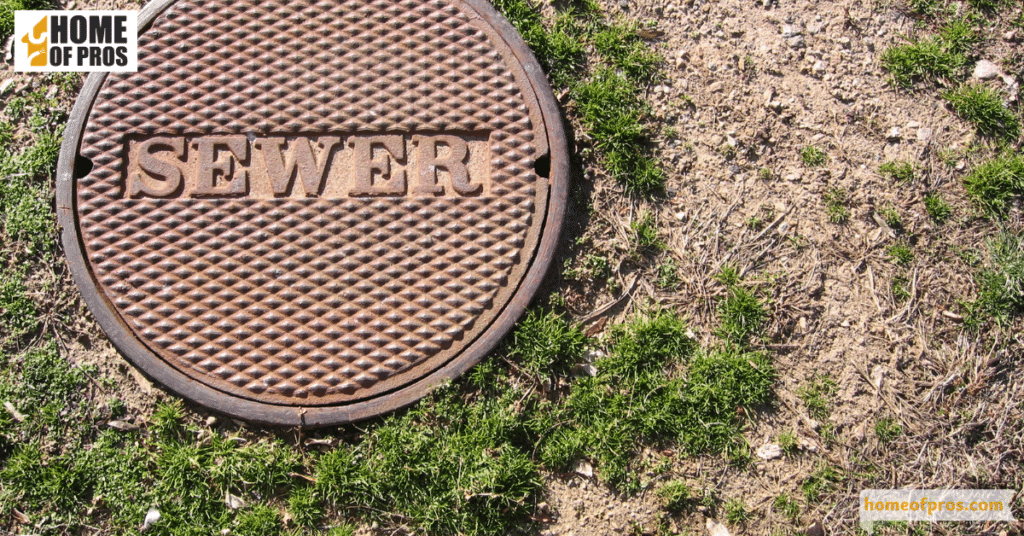Regular sewer line inspections are crucial to preventing costly and disruptive damages to your property. By identifying potential issues early, such as blockages or structural faults, homeowners can avoid massive repair bills and health hazards. Think of it as a small investment now to save significantly in the future.
These inspections delve deep into the underground channels that whisk away wastewater from our homes. By ensuring these pathways are clear and in optimal condition, we not only safeguard the functionality of our households but also protect our families from potential hazards and inconveniences.

Understanding Sewer Lines and Their Role
Sewer lines, often lying deep beneath our feet, are a pivotal but frequently overlooked facet of modern living. At their core, sewer lines are underground pipes designed to transport wastewater from residential and commercial buildings to treatment facilities or disposal points. This wastewater includes effluent from showers, toilets, sinks, and washing machines, ensuring that our homes remain hygienic and free of waste buildup.
Beyond the boundaries of individual properties, these lines seamlessly merge into a city’s larger sewer system. This vast network of pipes, both large and small, forms the backbone of urban infrastructure, making urban living feasible and sanitary. By connecting individual households to the main city sewer systems, they play a crucial role in maintaining public health, preventing the spread of diseases, and ensuring that wastewater is treated and released in an environmentally safe manner.

Common Issues in Sewer Lines
Sewer lines, as vital as they are to our daily lives, aren’t immune to issues. As they operate behind the scenes, numerous challenges can compromise their functionality.

1. Blockages
Blockages within sewer lines are a common issue, often originating from the accumulation of non-degradable items such as plastic fragments, hygiene products, and wipes. Additionally, grease from kitchens, when washed down the sink, can solidify and adhere to the pipe walls, creating a sticky residue that traps other debris. Over time, this accumulation reduces the flow of wastewater, and in severe cases, can lead to complete obstructions. Seasonal factors, such as fallen tree leaves entering the system, can further exacerbate the problem.
2. Tree Root Invasions
Nature has a way of finding water sources, and for trees, the moisture surrounding sewer lines proves irresistible. As tree roots grow in search of water, they can exploit tiny cracks or joints in the pipes, infiltrating and expanding within the sewer line. Over time, these roots can form dense masses that trap household debris, leading to blockages.

3. Corrosion
The very nature of what flows through sewer lines makes them vulnerable to corrosion over time. Wastewater can contain various chemicals, some of which can be corrosive to the pipe materials, especially in older systems made of cast iron or clay. Furthermore, the natural reaction between the pipe material and the constant flow of wastewater can lead to gradual corrosion. This corrosion not only reduces the pipe’s diameter, potentially leading to blockages but also weakens its structural integrity.
4. Structural Faults
Sewer lines, though sturdy, aren’t impervious to the world around them. Factors like ground shifts—whether from natural soil settling or seismic activity—can strain the pipes, leading to cracks or misalignments. Additionally, poor installation practices, such as not ensuring the correct gradient or using subpar materials, can lead to early failures in the system. The natural wear and tear of time also plays a role, with older systems being more prone to developing structural issues.
The challenges facing sewer lines underscore the importance of regular inspections and maintenance. By staying proactive, homeowners can avert the detrimental effects of these issues, ensuring both a healthy living environment and peace of mind.

The Financial Benefits of Regular Inspections
While homeowners might balk at the idea of periodic inspection costs, these pale in comparison to the potential expenses tied to major repairs or replacements. Here’s a closer look at why regular inspections are a sound financial investment.
- Full Replacement: A comprehensive replacement is the priciest option. Depending on factors like the sewer line’s length, material, depth, and local labor rates, homeowners could find themselves parting with anywhere between $3,000 to over $25,000.
- Localized Repairs: For segments of the sewer line compromised by issues like tree root invasion or significant blockages, localized repairs are necessary. These can range from $500 to $5,000, based on the damage’s extent and the repair method chosen.
- Trenchless Repairs: Modern trenchless repair methods, while less invasive and often quicker, can cost between $80 to $250 per foot. So, for a 50-foot section, the price could span from $4,000 to $12,500.
- Indirect Costs: Beyond the direct repair or replacement costs, homeowners might grapple with secondary expenses. Damaged landscaping, disrupted driveways, and potential structural damage to the property due to prolonged sewer issues can add thousands more to the bill.
- Loss of Property Value: A home with recurrent sewer problems, especially if not promptly addressed, might see a dip in its market value. Prospective buyers tend to shy away from properties notorious for such issues, leading to potential losses when selling.
The numbers make it clear: the costs associated with significant sewer line issues can be daunting. Regular inspections, though they come with their fees, are a fraction of these potential expenses. By staying ahead of the curve and detecting problems early, homeowners can sidestep exorbitant repair bills and ensure the longevity and functionality of their sewer systems.

Environmental and Health Impacts
Sewer systems, while hidden from plain sight, have direct implications for both our environment and public health. When problems in these systems go unnoticed or unattended, the consequences can be far-reaching, affecting both nature and our well-being.
Table: Environmental and Health Impacts of Unchecked Sewer Line Problems
| Impact | Description |
|---|---|
| Wastewater Spillage | Unresolved sewer issues can lead to raw sewage overflowing into streets, yards, and public areas. |
| Soil Contamination | Overflowing sewage can seep into the ground, degrading soil quality and affecting plant life. |
| Water Pollution | Spillage can make its way to local waterways, harming aquatic life and contaminating water sources. |
| Spread of Diseases | Exposed sewage is a breeding ground for pathogens, potentially causing outbreaks of illnesses. |
| Pest Attraction | Overflow and contamination can attract pests like rats and flies, which can spread diseases. |
| Air Pollution | Stagnant wastewater can emit foul odors and harmful gases, reducing air quality in the vicinity. |
The interplay between sewer systems and our environment and health underscores the need for vigilant maintenance and regular inspections. By understanding the potential repercussions of neglect, we can prioritize the safeguarding of our communities and the world we inhabit.

Conclusion
The intricate web of sewer lines beneath our homes and streets silently contributes to our everyday comfort and safety. As we’ve delved into, the repercussions of neglecting these systems stretch far beyond the individual homeowner, affecting the broader community through environmental degradation and health risks. Regular inspections stand as a beacon of prevention, curtailing potential disasters and averting hefty financial burdens. For homeowners, this not only translates to tangible savings but also peace of mind, knowing that their homes remain secure from hidden threats.












